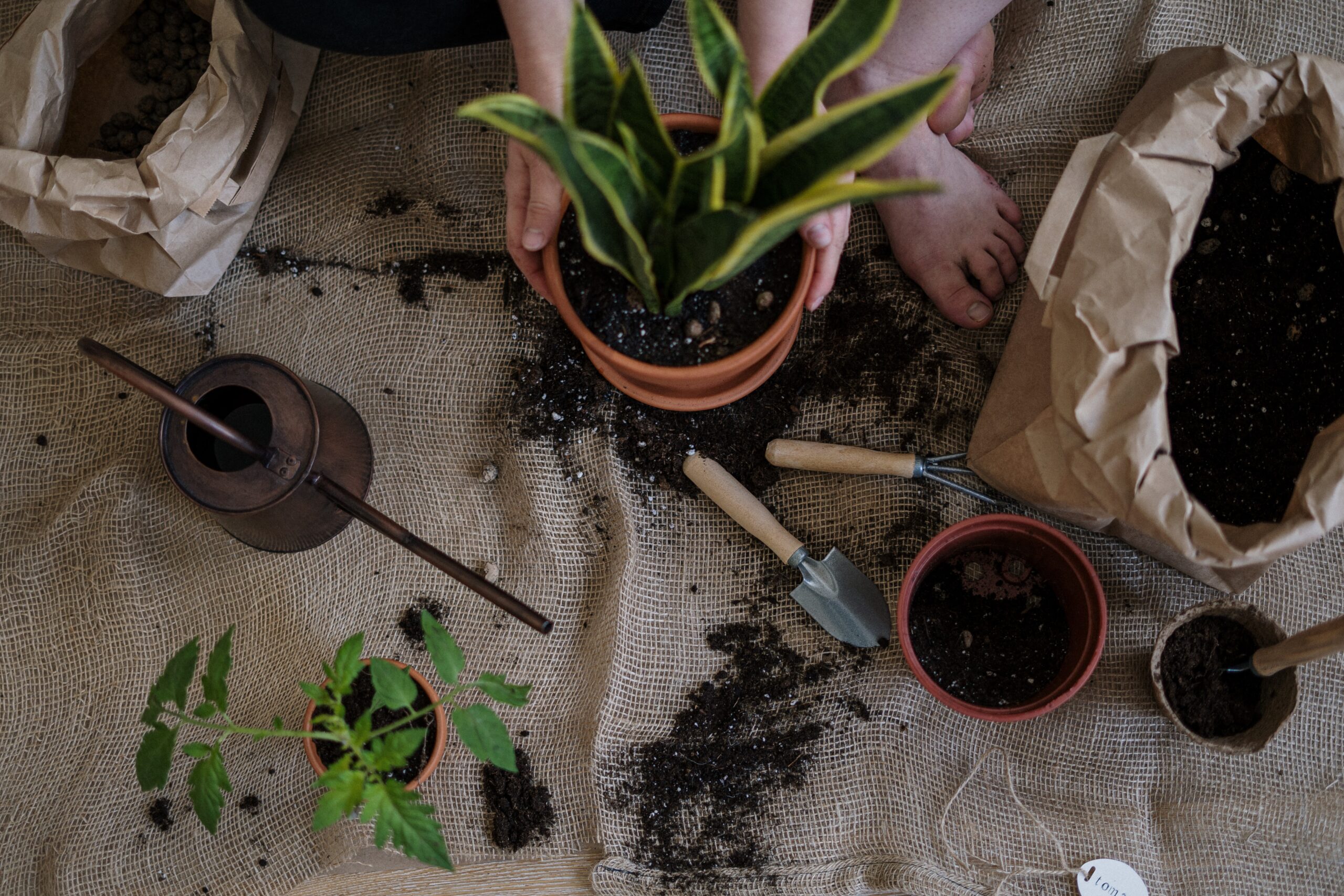
Care Instructions
Do you know the basics to plant and ceramic care?
This page is to walk you through the basics of plant and ceramic care. Each order comes with instructions too, or you can contact the owner with any questions or concerns. We also wanted to make sure you have access to the care instructions from everywhere, and we go more into detail than we could on the seed packets. Ceramic care can be pretty simple, but plant care is much more complicated. Just make sure to know what kind of plant you’re having issues with and troubleshoot from there.
With ceramics, it can be easy to make them last forever, but it is also very easy to break them. Make sure wherever you are putting your planter or vase is sturdy enough to support the weight of the container and whatever you decide to put inside. There are also many pieces that are dishwasher and food safe, but it’s still recommended to hand wash when possible. Vinegar and baking soda work really well to get rid of stubborn salt marks, and they’re safe for your plants. If the piece is unglazed, then it absorbs minerals and chemicals into the material. It’s very important to wash and disinfect it after taking a plant out to prevent the spread of mold or bacteria to the next plant.
The best thing you can do for your plants is to listen to what they tell you. A lot of plants will start giving you signs when something is wrong, like leaves turning yellow or brown, drooping, or falling off. It’s best to water your plants when you know the soil is dry, like every 3–4 days. If your plant wants more water or sunlight, it’ll let you know in some way, or it will just stop growing. The best solution to any plant problem is to simply google the symptoms and see what other people are saying.